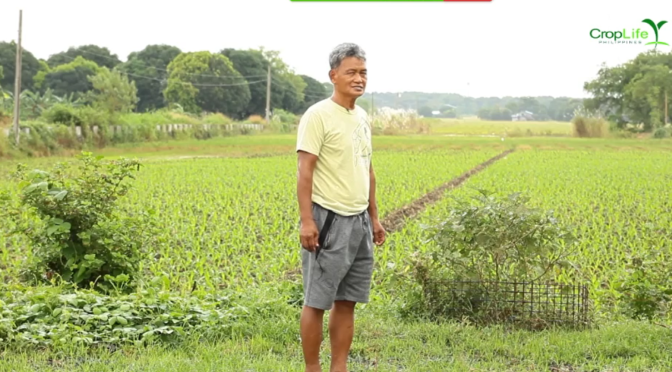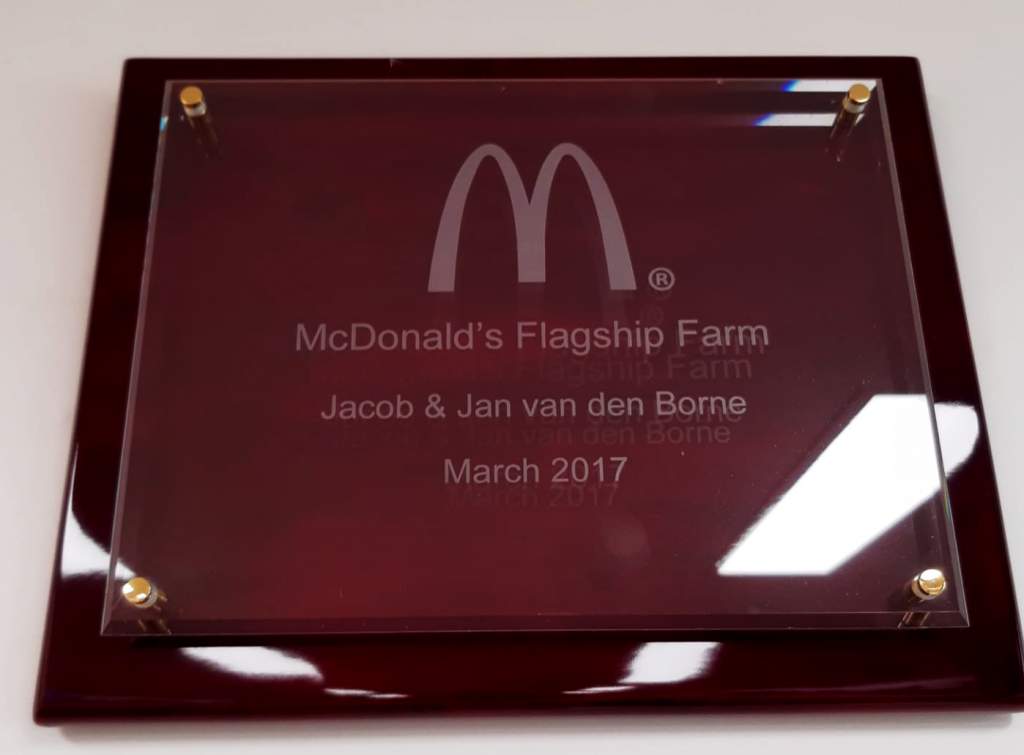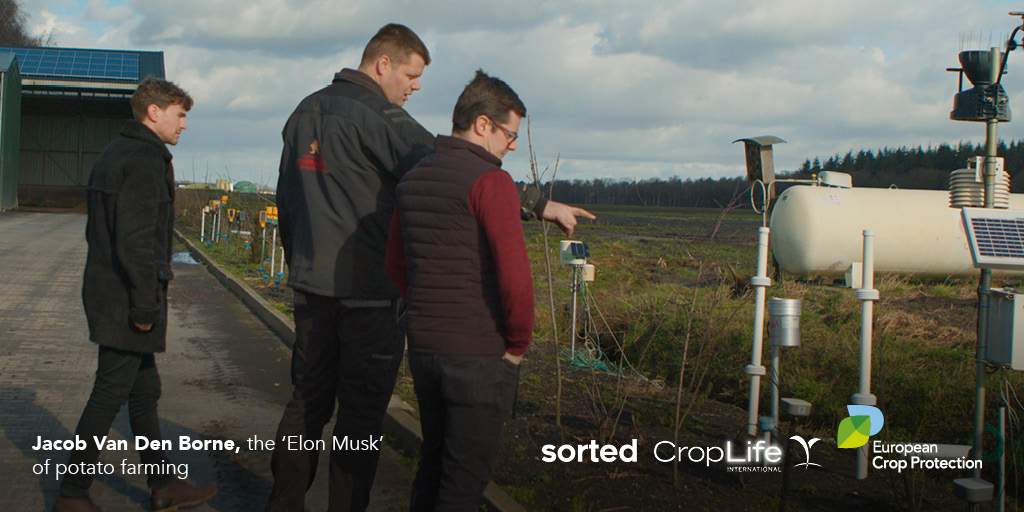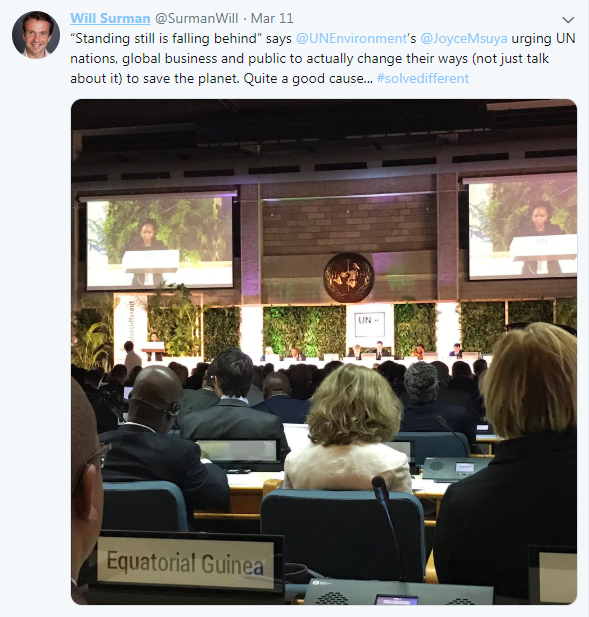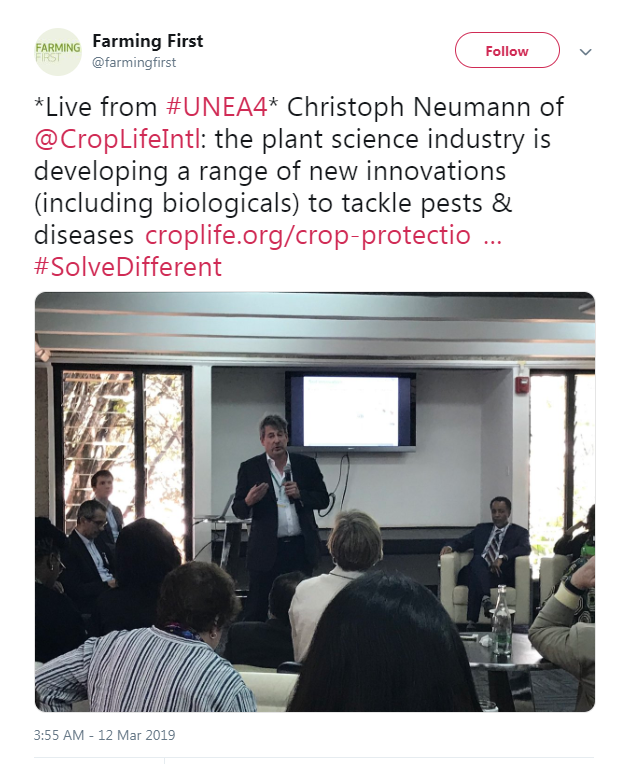By: CropLife International
Nisreen Elsaim
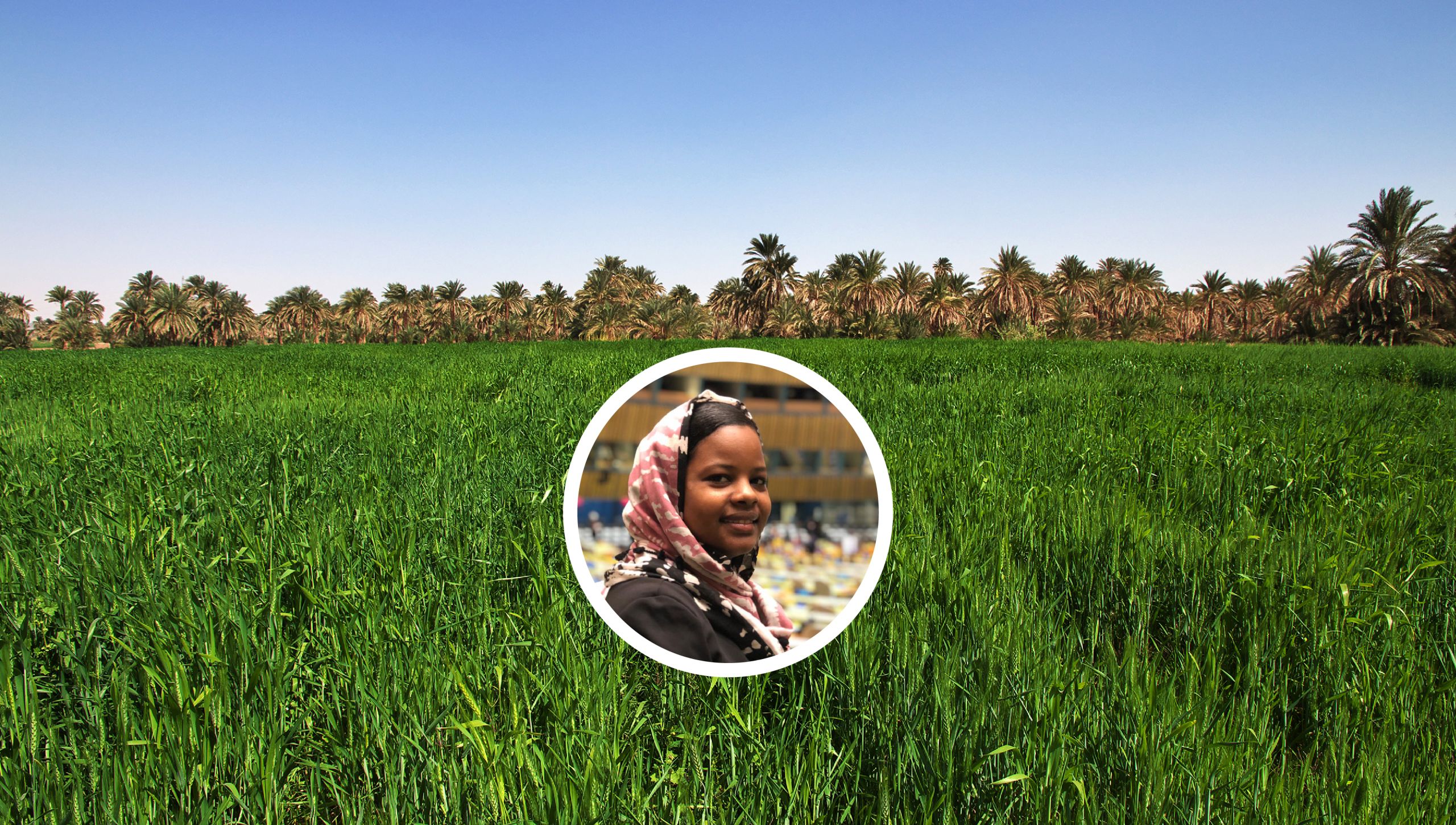
There is no planet B. Our earth’s environment must be both preserved and restored in order to secure a sustainable future for generations to come. The United Nations’ 13th Sustainable Development Goal states that we must take urgent action to combat climate change and its impacts. Younger generations of advocates are taking notice of this imminent concern.
To meet these goals, all industries and sectors of the world must make climate change — and the existential threat it poses — a top priority. The agricultural sector is far from an exception. But it will be a solution.
We spoke with Nisreen Elsaim, chair of the United Nations (UN) Youth Advisory Group on Climate Change and chair of the Sudan Youth Organization on Climate Change, about the effects of climate change, especially in developing countries, and the role agriculture and plant science can play in combatting it. This interview had been formatted and adapted from its original recording for brevity and clarity.
Can you tell us about the U.N. Youth Advisory Group on Climate Change and what you do?
Nisreen Elsaim: The first ever Youth Climate Summit happened in 2019 in New York, right before the Climate Action Summit. Between the two summits, there was some youth involvement with the secretary-general to expand the influence of young people and better recognize their efforts in addressing climate change. One of the recommendations was to establish an advisory board for the secretary-general with young people taking action on climate. This led to the creation of the Youth Advisory Group.
This group is very diverse both in graphical representation and background. For example, Paloma Costa from Brazil represents Latin America and she’s a lawyer. Archana Soreng is from India; she’s in research and comes from an indigenous community. Vlad Kaim is from Moldova; he represents Eastern Europe and he’s the economist of the group. And I represent Africa. My background is in physics, and I have a master’s degree in renewable energy. I’m currently focusing on climate policies.
Our mandate is very simple: we advise the secretary-general on things that young people think should happen within the UN system. We play the role of a bridge between the secretary-general and young people.
What makes developing countries the most vulnerable to climate change? And how have the impacts of climate change been felt in Sudan?
NE: I recorded a video that covers just this. We know that climate change is real and that it is human made. A third of Sudan is covered by desert and desertification is a growing problem. The country has gone through a decades-long civil war and conflict over natural resources. This has put biodiversity, fertile land, food and water security in greater danger and made the country very vulnerable in the face of climate change. Floods destroy buildings, fields and people’s livelihoods, and they will get worse as climate change gets worse.
The country cannot compensate farmers who’ve lost whole harvests to floods. There are some insurance companies, but not everyone has access to them. Many farmers don’t have other options so they stick to agriculture. It’s a risky investment, especially in the flood season, which we know already they cannot change. Some farmers skip the flood seasons and try to intensively do agriculture in different seasons, but others take the risk.
There are many misconceptions about climate change in agriculture. What do you think is the most common myth that you encounter around the two topics?
NE: Well, I think there is more misunderstanding, or misjudging, about the situation. Not only in agriculture, but also with livestock. A lot of people think that eating meat is increasing a lot of emissions in the environment. And it’s true, but in certain climate or weather conditions, it’s different. For example, a cow in Sudan does not produce the same amount of methane as a cow in Poland or in Germany. Why? Because the climate situation in Sudan is very dry and hot. And we all know that methane is actually an organic result of fermentation.
Fermentation requires the presence of water. It needs specific conditions which don’t really exist in a dry, hot country like Sudan, but they do in humid, wet and cold countries like Poland, the Netherlands or Germany. So, it’s not the same impact. It’s not the same effect. And definitely, it’s not the same emission of methane gas.
What tools can help farmers best address the challenges presented by climate change?
NE: Desertification is a huge issue in Sudan and it’s moving very fast, covering big areas. Many tools can help address desertification. One example is center pivot irrigation, where you actually irrigate the crops in circles which helps farmers use water efficiently.
What are the concerns associated with misinformation around climate change and agriculture and the way that our food is produced?
NE: First, farmers who have a misunderstanding of the problem will implement the wrong solution, which perpetuates the problem.
A lot of consumers care about the origin or impact of their food. So, economically it will impact the farmer, especially in countries where farmers sell directly to consumers. If the consumers stop buying from the farmers, the farmers’ livelihoods are at serious stake.
In addition, general misunderstandings create a very negative atmosphere. In a country like Sudan, this will impact the policies, legislation and laws. Policies could be passed without any scientific basis.
What role do you think agriculture can play in helping communities adapt to climate change?
NE: In order for agriculture to help the community adapt to climate change, we must first help the agriculture industry adapt to climate change.
If agriculture becomes somehow immune to — or at least less impacted by — climate change, then it directly helps and supports communities through better food security, economic prosperity and so on. It will secure farmers’ income. It will secure food security, which is very important. And if we ensure a very good agricultural cycle, then we can even have other activities to increase the income and diversity of food. Building the resilience of communities through green jobs like agriculture is key.
What major milestones in the youth movement for climate change are you looking forward to?
NE: One of the things we are looking forward to is the Youth COP that will be held in Milan in September. It will be a very good milestone for the youth movement of climate change and climate diplomacy.
Climate change poses an existential threat to all countries, sectors, industries and businesses on earth — no matter how big or small. The only way to properly tackle this challenge is to work together. The agricultural sector offers much in the way of climate change solutions. The sooner we can dispel myths surrounding agriculture and climate change, the sooner we can more effectively fight back against it.

